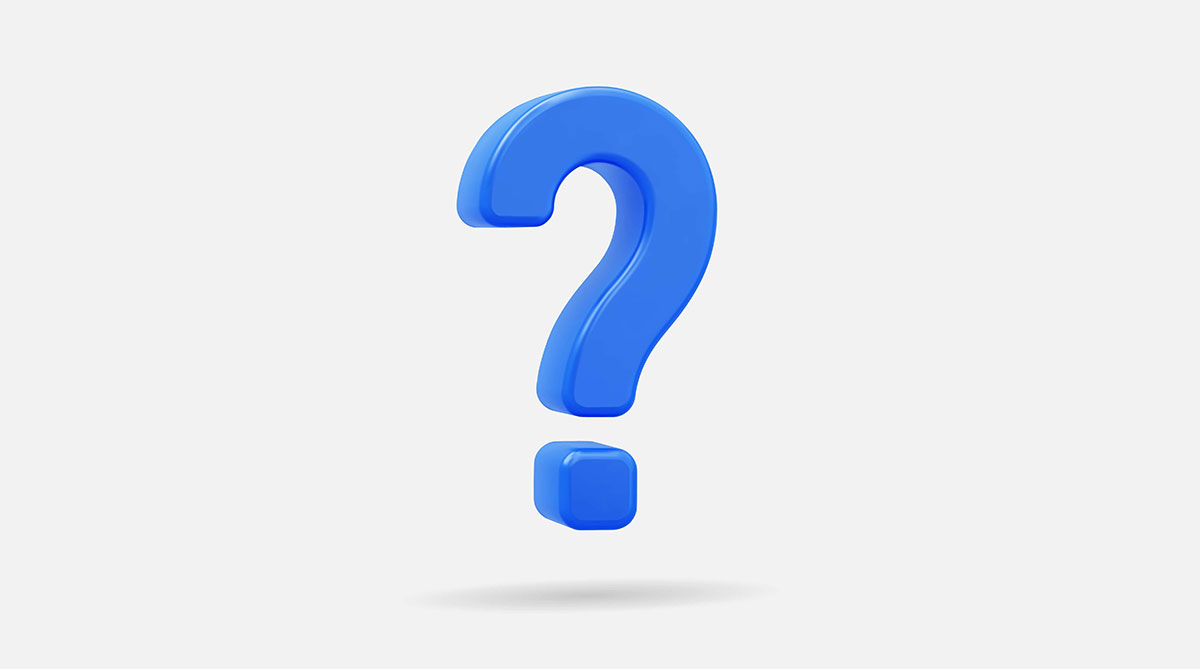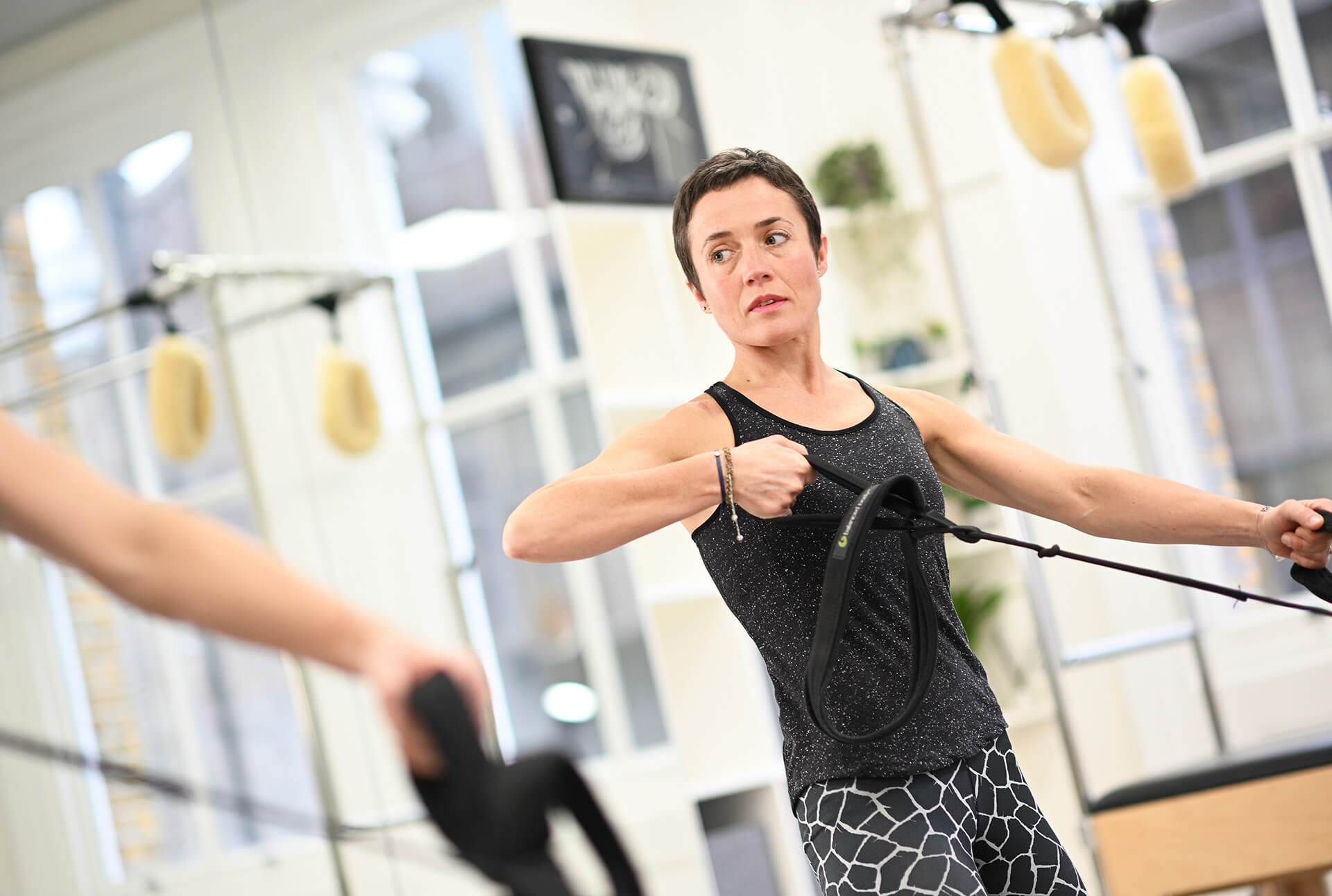Beginner Pilates – getting started!
Are you thinking about starting Pilates but you’re apprehensive as you don’t know what to expect? Perhaps you’ve had a bad experience with exercise classes before? Have you wondered whether Pilates is something that anyone can do? Read on to find out exactly what to expect from a Pilates class…
You might be a bit confused about the name Pilates – what does it even mean? Is it like callisthenics? (Who even knows what those are?). You might be surprised to know that Pilates is a person – Joseph Pilates. He devised a programme of exercises and originally called it Contrology and was later renamed Pilates in his honour, after his death.
Can I start off at home?
You absolutely can start off Pilates at home. There are pros and cons to this approach. In the age of the internet there are a plethora of videos online to help you get started which makes committing to a regular Pilates practice much easier.
Starting at home will give you a great introduction to the repertoire of Pilates exercises. To ensure you are getting a good quality experience you may want to invest in a paid online service with a reputable provider of Pilates, such as Complete Pilates on Demand.
What to expect at a Pilates class?
The most common format for a Pilates class is a group class performed on mats on the floor.
If you have signed up to a Pilates class and there is no other information, it is likely that you will be attending a group mat class. This is a great introduction; however, we would recommend trying some of the other options which will be discussed in this article.
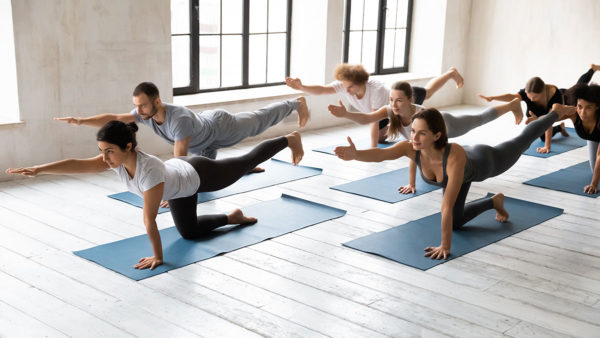
Did you know that Pilates is also performed on a one to one or small group basis on machines like gym equipment? You may have come across one of the pieces of equipment – called a Reformer. That’s thanks to the fact that in recent years a wave of challenging fitness classes has sprung up using the Reformer.
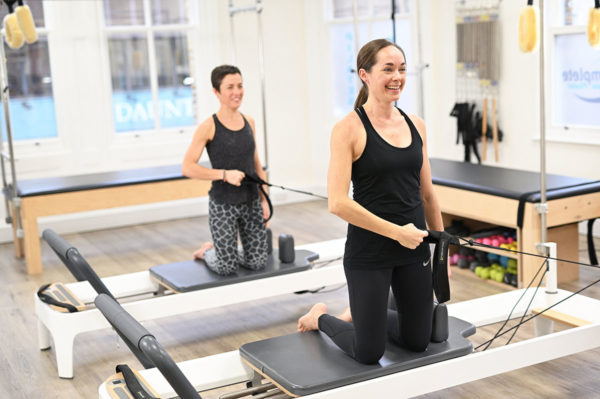
What happens at a mat Pilates class?
You will need to make sure that you are able to get up and down from the floor easily or with the aid of something like a chair. Often the class will start with a warmup, either standing or lying down. There will be a series of exercises which often take place lying on the floor. Finally, you will normally do a set of exercises to close the session, often involving stretches and or a return to standing.
Depending on the type of class you might spend more time doing standing exercises, for example, if it is a class targeting balance. You might use additional equipment such as resistance band in a class targeting more strength.
What is Pilates with equipment?
Whilst Pilates in a group setting is the most accessible, the original Pilates exercises were a combination of floor exercises and exercises using large pieces of equipment. Equipment classes are usually done on a one-to-one or small group basis, due to space limitations but also the need for correct instruction using the machines.
There are several pieces of large equipment that can be used for Pilates. You can find out more about the equipment here, but in brief, the equipment uses the resistance of springs to either make exercises more challenging or easier. The equipment enables Pilates instructors to add a seemingly infinite array of variations to the exercises to suit every level and need.
What should I wear to Pilates?
You may be wondering what to wear for Pilates. We wrote a whole other page about this but if you prefer the in brief version, make sure you wear soft, stretchy clothes that allow movement. Close fitting clothes are recommended so that you can see your body moving and to avoid getting caught if you are using equipment. Tie back any long hair and get your best socks out – as you won’t need any shoes!
What to bring to a Pilates class
Usually just yourself! However, its best to check with your Pilates provider. If the class is in a Pilates studio or gym, they will usually provide mats and head cushions. However, for hygiene or comfort reasons you may prefer to invest in your own.
Pilates mats are thicker than a yoga mat as you usually spend a bit more time lying on your back or side and these mats are more comfortable. A small flat cushion or folded towel provide support to your head, which improves your working position when lying on your back or side.
More seasoned Pilates goers may want to invest in their own small equipment (more on that later), but this is not necessary when you are getting started.
The principles of Pilates
The original principles of Pilates were breath, concentration, control, precision, centre, and flow. A good Pilates class should incorporate focus and practice of these elements.
Breath

Breathing is important for several reasons. Firstly, the muscles of breathing (such as the diaphragm) are connected to the deep stabilising muscles of the torso, so correct breathing can improve your activation of these muscles. Secondly, deep breathing helps to get your rib cage moving, reducing stiffness of the ribs and upper back. Thirdly, slow, mindful breathing helps to reduce activity of your sympathetic nervous system which is responsible for ‘fight or flight’ reflexes.
Concentration
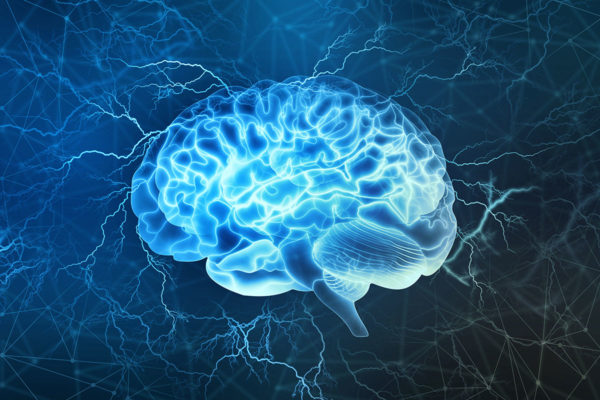
Without concentrating on your body, many of the other elements of Pilates are not possible to work on. If your mind is elsewhere, you cannot know how you are moving. Most of our movement occurs because we are hoping to achieve some objective. We do not often move for the sake of moving or to practice how we move.
Control
One of the features of efficient movement is movement that is controlled. Jerky, uncontrolled movements often signify areas of muscle weakness, or tightness, or reduced co-ordination between the muscle groups needed for movement.
Precision
Precise movement means focussing on alignment and control. Precision movement is often the most efficient and effective.
Centre
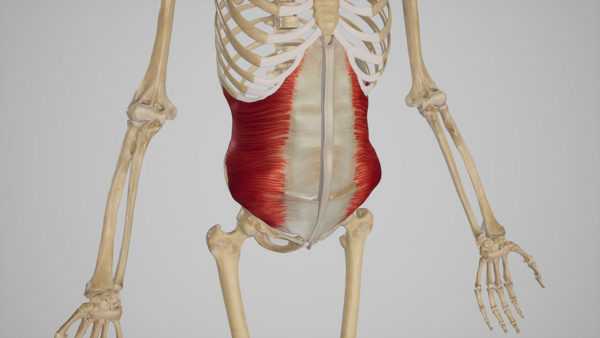
Originally, the centre (also known as the ‘Powerhouse’) referred to the work of the muscles of the torso: specifically, the diaphragm, the deepest layer of abdominal muscles (known as the transversus abdominus) and the pelvic floor, which all work together to provide the deepest layer of support to the spine.
As we begin to know more about the body, we know that the centre is probably a bit more complex than that and includes the back muscles as well as adjacent muscles like the inner thighs, and gluteals.
Flow
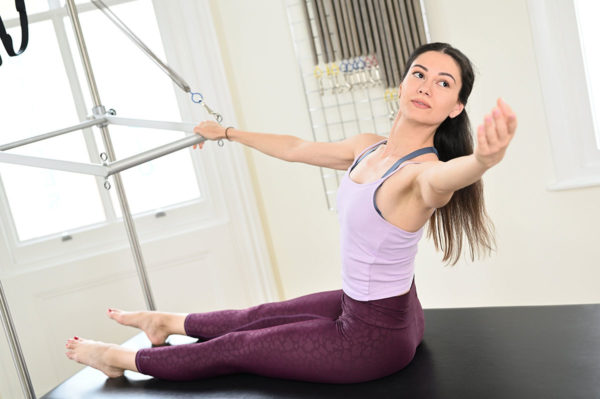
Flowing movements are generally created through the precision and control elements of the Pilates principles. Focusing on flow within the movement should allow you to feel a sense of ease within the movement and notice when you may be trying to hard or forcing a movement. Flowing movements may also create a rhythm which is calming for the sympathetic nervous system.
What to expect from a Pilates class – instructions
During a Pilates class you might hear a teacher using some quirky ways to explain the movements. This is because the brain responds well to mental pictures. Using imagery that depicts things that everyone can relate to is helpful way to describe movement.
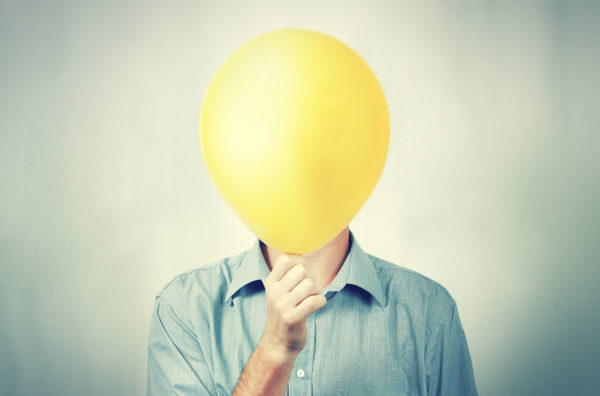
Close your eyes for a moment and imagine your head is a helium balloon floating up towards the ceiling. What does this do to your posture? This has a very different feel compared to just trying to stand up straight, doesn’t it? It can also make things a bit more fun in the class!
Colourful balls, rollers and bands!
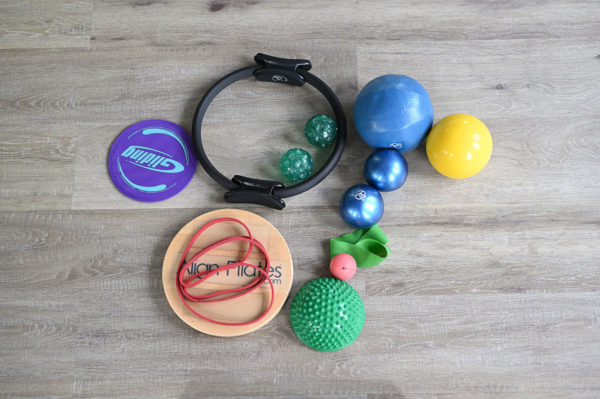
So, what else to expect at Pilates? You may come across a few pieces of small Pilates equipment that can be used in a class. The Pilates soft ball is often used as a way of varying exercises. It can be used to provide support for some exercises and resistance for others.
Other small equipment that may be used are resistance bands and the foam roller. You can read more about small equipment here. Adding small equipment means that you can get a great deal more from your exercises and keep workouts varied, interesting and fun! Who doesn’t love a ball?
Hands on feedback
Depending on the size of the class and background of the teacher you may find that the teacher puts their hands on you to guide your movement. Again, our brain can use this ‘tactile’ information to learn different ways of moving.
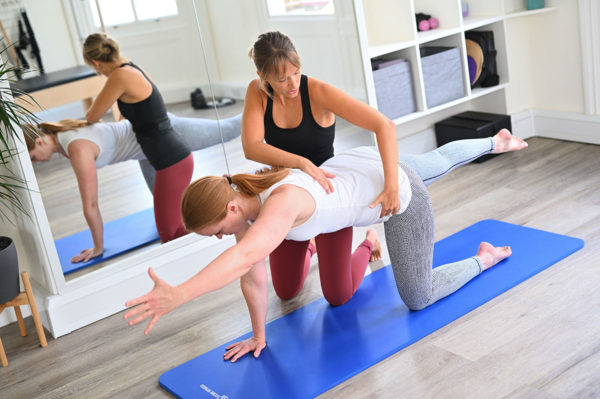
Not everybody is a touchy-feely type, so some of you may prefer not to receive hands on feedback. If you feel this describes you then don’t be afraid to raise it with your Pilates teacher. It is important that you feel comfortable in your classes as this is how you will move best.
What should I feel when doing Pilates?
Pilates is renowned for its ability to target the abdominal muscles in particular and so this is the key area that most people will feel working when doing Pilates.
However, Pilates targets arm and leg muscles and has many exercises that gets the whole body working together, especially when using machines.
Whilst occasionally you may feel muscle aches after doing a more advanced class, often what we experience is a sense of more ease in the body after doing Pilates or sense of feeling stronger in yourself.
However, it is also the case that you may feel you have exerted yourself when doing Pilates. Although Pilates has a reputation for being gentle, since it is low impact and low intensity, it has many levels of exercise including some extremely challenging exercise.
Whilst Pilates can be gentle it shouldn’t feel like you aren’t doing anything at all. If this is the case then it may be because you aren’t performing the exercise correctly, or because it needs modifying to make it more challenging. Speak to your instructor about modify the exercise so that you can feel the benefit. Quite often tiny changes to the way you do an exercise can take it to a different level.
How much Pilates do I need to do?
A standard class length is about one hour, and this gives enough time to cover all parts of the body and give a complete session. However, doing shorter Pilates sessions of 10 or 15 mins can also help you to get results.
The more regularly you do Pilates the better, so in an ideal world anything from 2 – 5 sessions per week would make a significant difference to how you feel in your body.
Pilates can be a lifelong journey of discovering and improving your body. Some of the students who originally worked with Joseph Pilates are still practicing and teaching in their 80s and 90s. So, if you enjoy Pilates then you can do it for as long as you like!
Working with one-to-one Pilates
Working one-to-one with a Pilates instructor is a great way to get started with Pilates. Pilates exercises look simple but there is actually a lot of technique required to get the most out of the exercises. This means it is a great place to start for beginners as you can gain a deeper understanding of what Pilates is all about. One to one time with a Pilates instructor will help you learn the technique.
During a one-to-one session a Pilates instructor can see how well you are moving and alter the exercises to suit your level. They can also focus on exercises that target the areas you need to work on or that help you work towards your goals.
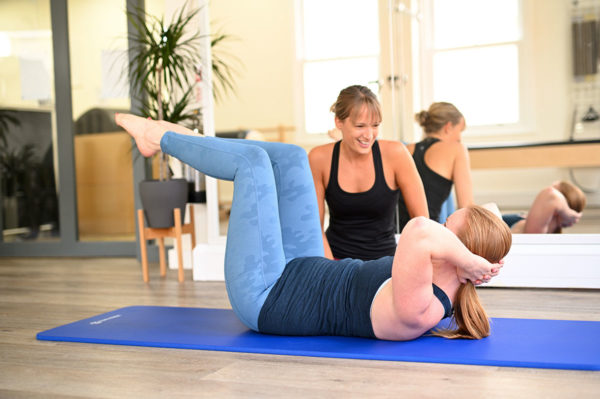
If you have specific needs, for example you have pain or are recovering from illness or injury, a Pilates instructor can spend time asking you the right questions to make sure the session is appropriate for you and takes any difficulties into consideration. You may benefit in this case from working with a clinical Pilates instructor – this is a Pilates instructor with additional training in medical conditions. Often it may be a chartered physiotherapist who has trained in Pilates.
Now that you have read a little bit more about what to expect from a Pilates class, we hope you feel both reassured and excited to get started!
It can be intimidating starting a new exercise regime. Sometimes it may just be difficult to work out what certain types of exercise can offer. The best approach is to experience it for yourself as you will learn the most by doing. You may also need to try different forms of exercise and lots of different instructors to find what works best for you.
Remember, with any form of exercise it takes time to see a difference in your body so once you have decided you enjoy something, see if you can commit to it over a period of 6 – 12 weeks at a minimum.
Inspired to find out more? Contact us with your questions.
Education is key:
These blogs are designed to give information to everyone, however, it is important to remember that everyone is different! If you have not seen one of our therapists and have any questions about injuries, what you have read or whether this may be useful to you, please just ask. We are more than happy to help anyone and point you in the right direction. Our biggest belief is that education is key. The more you understand about your injury, illness and movement, the more you are likely to improve.


